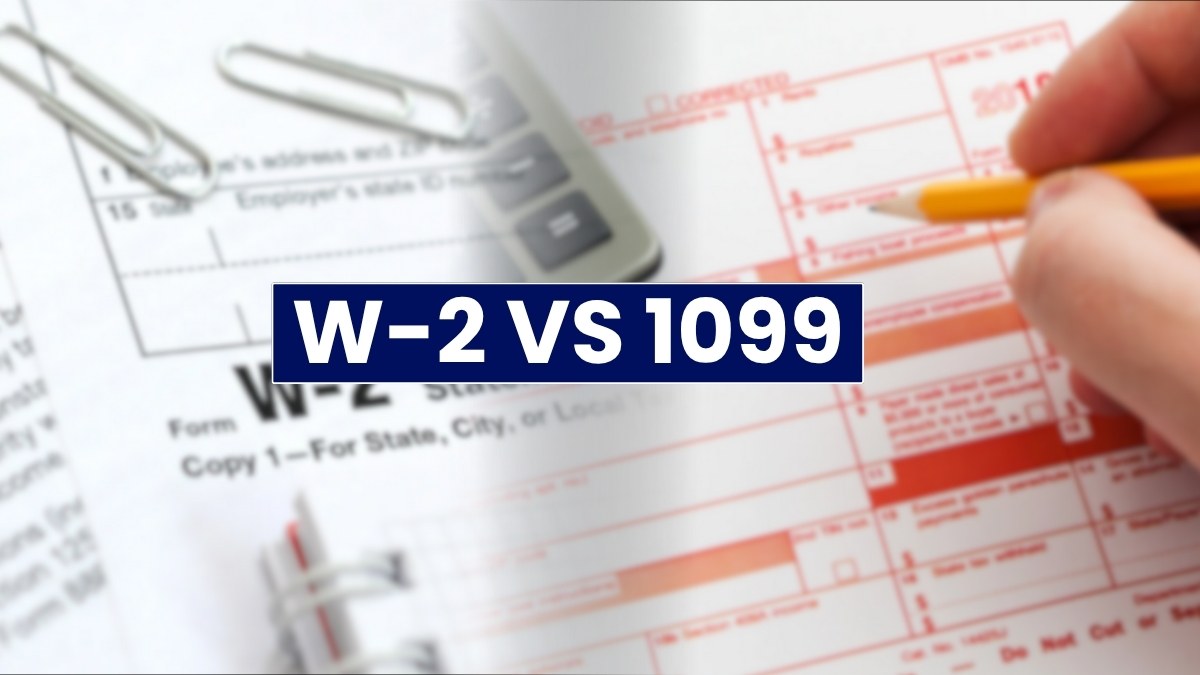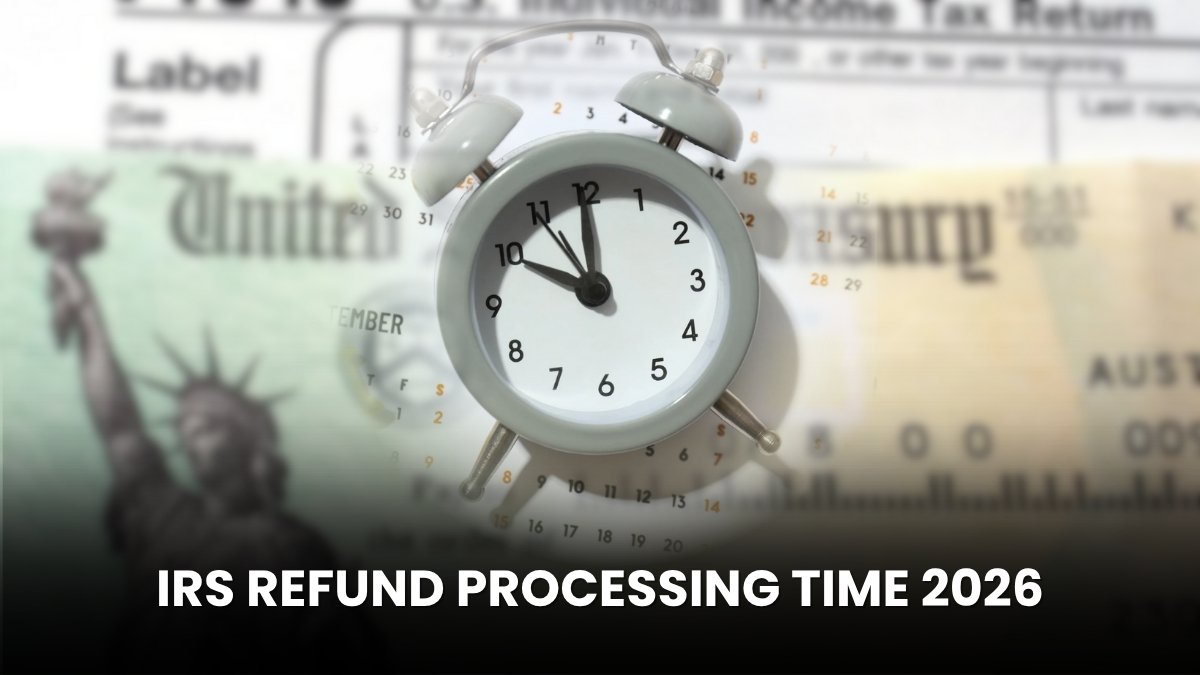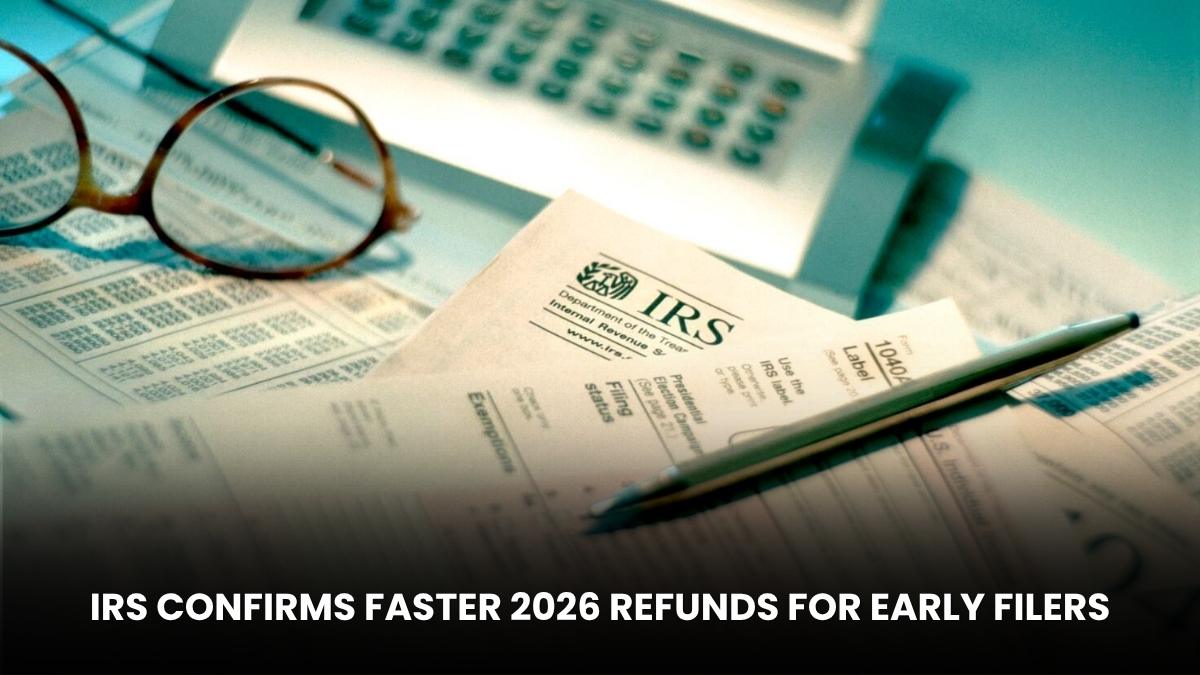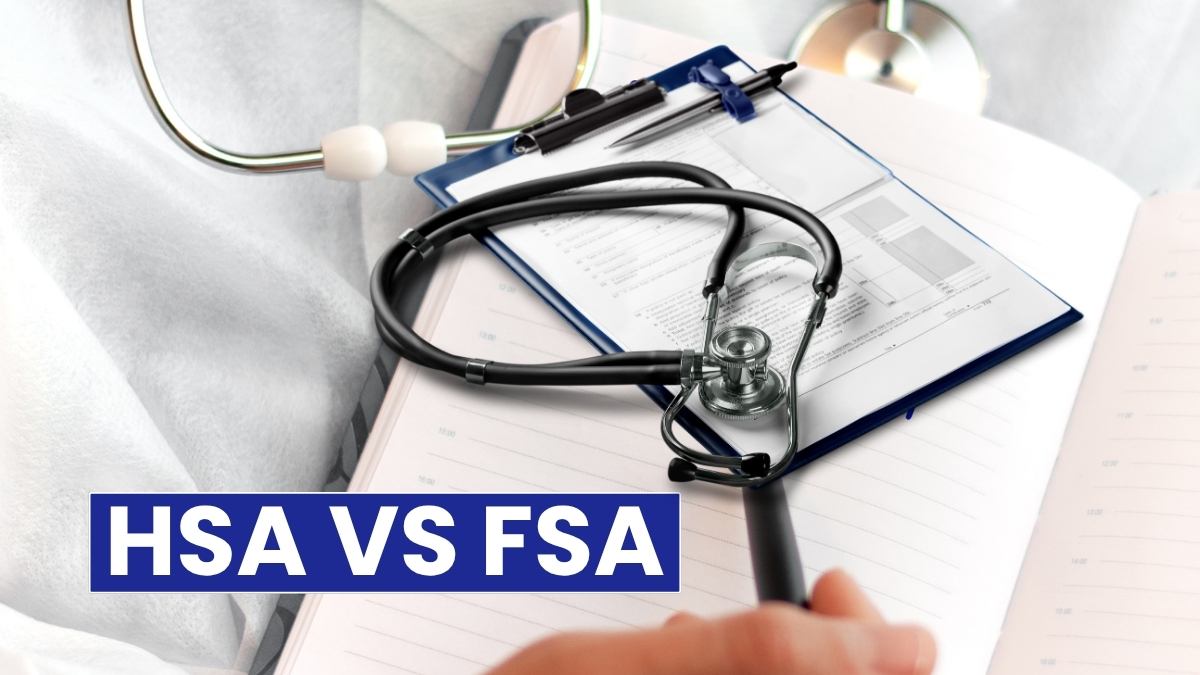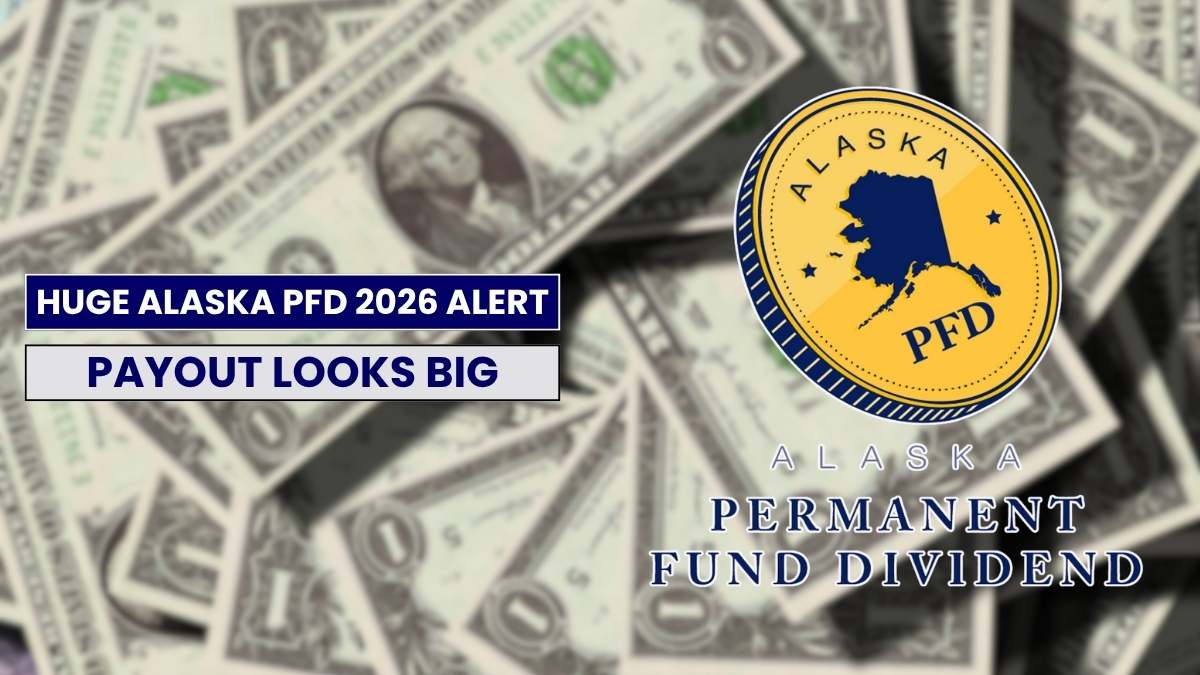The 2026 tax season is approaching fast, and taxpayers should start their tax preparation. IRS forms play an important role in determining tax and benefit obligations. The most common ones are Form W-2 and 1099 for employees. If you are confused about which benefits you have, you can check the differences and other details here.
The W-2 forms report the employees’ wages paid, and withhold the payroll taxes by the employers, whereas the Form 1099 reports the payments made by the independent contractors, such as freelancers, gig workers, etc.
The IRS classified the workers into the categories: W2 employees and 1099 independent contractors. Now, the freelancing and gig workers platform is increasing, so it’s necessary to understand which form you will need to file with your tax return to report your income.
What is the difference between a W-2 and a 1099 Form?
The IRS forms W-2 and 1099 help you in determining your taxable income, claiming tax benefits, and others. The employers or contractors submit the wages or withheld taxes to the IRS and send the copies to the employees to prepare for the tax return and use them with the return.
You can check the major difference between the two forms and understand the use of these forms below:
| Factors | W-2 | 1099 |
| Taxes | Includes withheld taxes, payroll taxes. | No withheld taxes, includes payment made to the independent contractor |
| Work type | Regular and steady job | One-time work or contractor work |
| Who reports? | Employer reports to the IRS | Contractor, client, or entity filed the form with the IRS |
| What are the benefits? | Eligible for the company benefits, such as retirement plan, health insurance, and others | Not eligible for company benefits |
| Work Schedule | Controlled or set by the employer | Flexible hours or worker control the hours |
| Legal Protection | Covered under the federal and state laws related to employment | Limited legal protection, such as contract law, civil rights, etc., but not minimum wage, workers’ compensation, etc. |
| FICA/ Self-employment taxes | 7.65% | 15.3% |
How to determine which will benefit you?
To understand which form is beneficial for business or employees, you must know the factors that can help you evaluate which form works for you:
- W-2 Benefits:
- If you receive regular paychecks, have job security, and have a steady income, your W-2 form will help you with taxes.
- Your employer handles the withheld taxes, offers you benefits, pays for the retirement plans, and others.
- If you have a fixed schedule of working and an employer controlling your working hours, and want to have the benefit of state and federal employment laws, a W-2 form will work for you.
- Form 1099:
- If you have independence and control over your working hours, work, and others, Form 1099 will work for you.
- Independent work does not offer much legal protection, however, though some states are bringing laws for them, we still have a long way to go.
- The business pays the worker for their skills while the work is going on, and it does not include any benefits or business initiatives.
- You handle your tax obligations, quarterly payments, and others by yourself or take help from tax professionals.
- Freelancing has the potential to work higher, but it does not have a fixed income, so choose what works for you.
People who work as well as do some freelancing in their free time should know there are certain thresholds under which you have to report your income from employment, self-employment, or freelancing.
What is the threshold for the W-2 and 1099 for the 2026 tax season?
Under the W-2 form, the employer needs to report all income to the IRS, and the employee has to show this form with their return to show their earnings and determine their taxes. However, the threshold for the Form 1099 is changed under the OBBBA bill.
Under the OBBBA, the Form 1099-NEC requires reporting the $2000 or more paid wages to the IRS, whereas the Form 1099 K for the transactions made through third-party platforms for goods and services requires $20,000 and 200 transactions.
The self-employed individuals, gig-workers, or freelancers, need to file their income tax return if their earnings are above $400 or more, or if it is less below the threshold, they may still have to file it if they meet other filing requirements under Form 1040 or 1040-SR.
When will the employers or platforms send you the form?
Taxpayers (Employees, contract workers, or others) will receive a copy of the forms from the employers, business, or client, or third-party platforms by 31 January 2026, when they report the same to the IRS.
So, if you do not receive it by then, you can ask them about it from the payer or inform the IRS at 1800 829 1040 or use the Form 4852 substitute for Form W-2 to report your income.
IRS Forms are essential documents for filing your tax returns and claiming benefits, so remember which form you have to choose based on your working type, and get them before filing your tax returns.
Disclaimer: W-2 vs 1099 information is for general understanding only. Consult a tax professional or the IRS for personalized advice.
